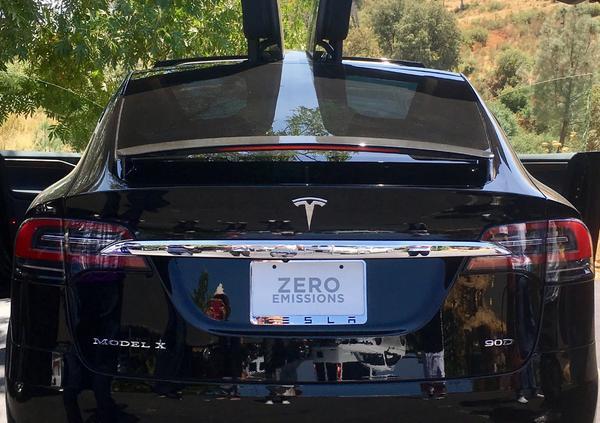
The recent declarations on the end of new petrol and diesel cars from the French and the UK governments heralds the era of the electric car. The date has been set for 2040, which means that carmakers have time to adapt. Indeed, there are electric and hybrid cars on the market already.
The trend away from the internal combustion engine, first gathered speed when the mayors of Paris, Madrid, Athens and Mexico City announced plans in December 2016 to take diesel cars and vans off their roads by 2025. The damaging health effects of emissions from diesel engines prompted the public and campaigners to demand action.
Electric cars need light weight materials of construction to increase their range between charges, which will stimulate demand for aluminium as a substitute for heavier metals. The use of aluminium for lightweighting was first prompted by EU regulation to reduce tail pipe CO2 emissions for all vehicles. But other materials will competing with aluminium for a share of the lightweight market including carbon fibres and plastics reinforced with glass and other fibres.
So what factors will influence manufacturers in their choice of lightweight material?
One factor is likely to be the greenhouse gas emissions associated with the manufacture of the material. Just recently Cranfield University in the UK published a study of the full lifecycle emissions of passenger vehicle internal combustion engine production. Aluminium smelting is of course energy intensive with high greenhouse gas emissions. The researchers at Cranfield University claim that a car with an aluminium engine would need to be driven for between 185,000 km and 560,000 km before there were any environmental benefits from lower fuel use. To put this in perspective, the average life expectancy of a car is 210,000 km. The research focused on a 1.6 litre four-cylinder engine, and compared aluminium models with cast iron engines with the same driving performance. This study is already less relevant since the recent announcements in the UK and France, but the call for an ‘energy rating’ for cars is still important.
At the moment the carbon intensity of manufacture or ‘embedded carbon’ is not considered by EU Euro Standards for vehicles, which focus on tail pipe emissions, but this may be part of legislation in the future. This is when low carbon aluminium, will become important. The term ‘low carbon’ can encompass both recycled and primary aluminium. Alcoa, Rusal and Rio Tinto already market low carbon primary aluminium. Sustana aluminum from Alcoa is produced with energy from hydropowered aluminum smelters, with a claimed carbon intensity of less than 2.5 tons of carbon per ton of aluminum. Rio Tinto says its RenewAl has a certified carbon intensity of less than 4 tons CO2 per ton of aluminium compared with the industry average of 11.5 tons CO2 per ton of aluminium.
BMW is already ahead of the game, as it uses both recycled aluminium and primary aluminum produced using renewable energy for the i3 model. BMW claim that the greenhouse gas potential, taking a life cycle approach, of the all-electric i3 is between 30% and over 50% lower than a conventional vehicle, providing that electricity from renewable sources is used when driving.
The regulatory landscape for passenger vehicles is still changing, but as vehicle manufacturers update their strategies for the road ahead, low carbon aluminium should be an essential part of the journey.
This article was first published in Aluminium International Today.
Published: 22 August 17


